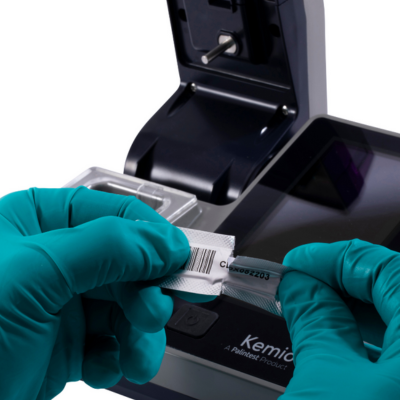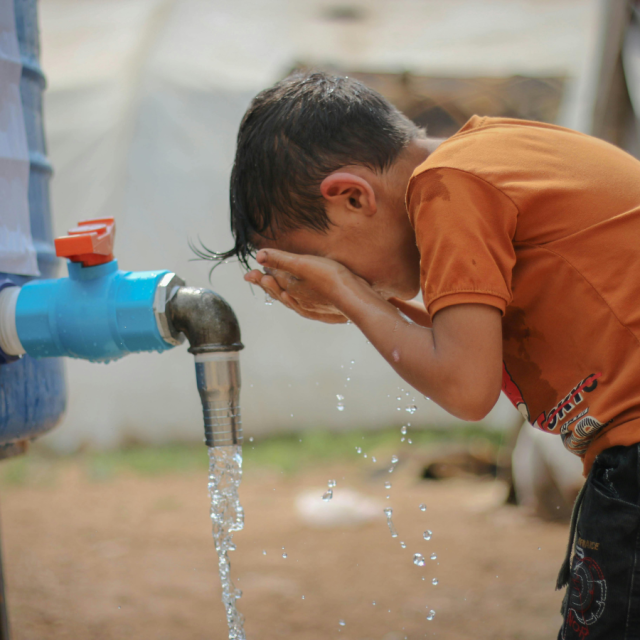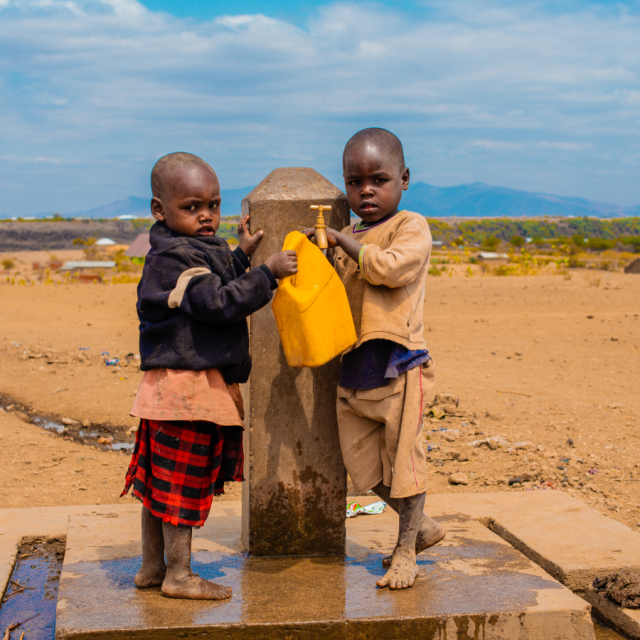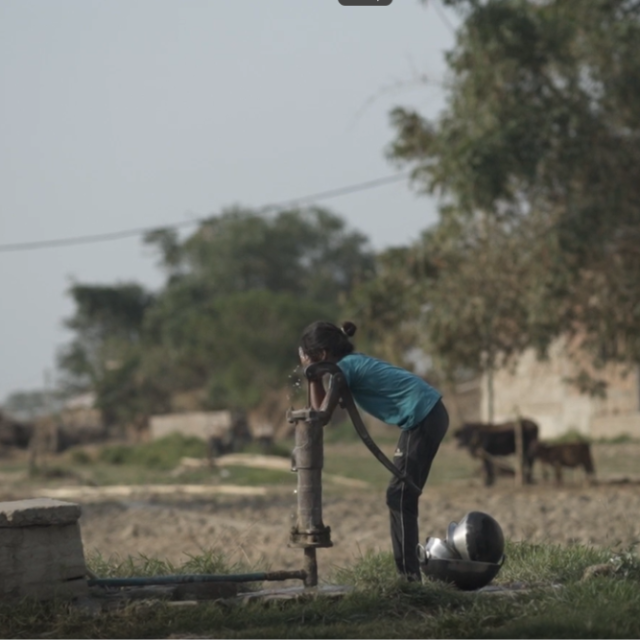
Ways to Test Free and Total Chlorine Levels in Humanitarian Water
Ways to Test Free and Total Chlorine Levels in Humanitarian Water
Testing for free and total chlorine levels in humanitarian water is essential to ensure the safety and quality of water supplies in emergency and relief situations. Chlorine, widely used as a disinfectant, needs to be monitored closely to maintain effective microbial control while avoiding excessive concentrations that could affect water taste and safety.
DPD Colorimetric Test
The DPD (N,N-diethyl-p-phenylenediamine) colorimetric test is a common method for testing chlorine levels. It involves adding a reagent to a water sample, which reacts with chlorine to produce a color change. The color intensity is then compared against a standard to determine the chlorine concentration. This method is user-friendly and provides immediate results, making it suitable for field applications in humanitarian settings.
Titration Methods
Titration is another method used for more precise measurement of chlorine levels. It involves adding a chemical titrant to the water sample until a specific endpoint, indicated by a color change, is reached. This method is beneficial for its accuracy and is often used in situations where detailed analysis is required.
Electronic Testers and Photometers
For more advanced testing, electronic testers and photometers offer a higher level of precision and ease of use. These devices can provide digital readings of chlorine levels, making them ideal for consistent and reliable monitoring in humanitarian water supply systems
Test Strips
Test strips are a simple and quick solution for testing chlorine levels. These strips change color upon immersion in water, indicating the presence and concentration of chlorine. They are particularly useful for rapid assessments in various field conditions.
Challenges in Testing Chlorine in Humanitarian Contexts
Testing chlorine levels in humanitarian settings can be challenging due to varying water qualities, environmental conditions, and resource limitations. Selecting the appropriate testing method based on the specific needs of the situation is crucial for accurate and reliable results.
The Importance of Regular Monitoring
Regular testing of chlorine levels is vital to ensure the effectiveness of water treatment and the safety of water for consumption. In emergency and humanitarian scenarios, where water quality can be compromised, such testing is indispensable for the health and well-being of affected populations.




